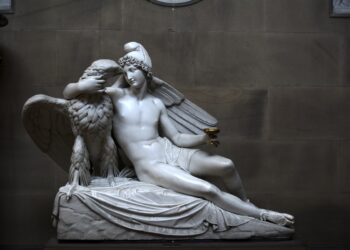The second-generation model displayed here had a tough act to follow as one of the first four-door hardtop vehicles ever made; the model’s initial iteration was one of the first production cars capable of achieving 100 mph.
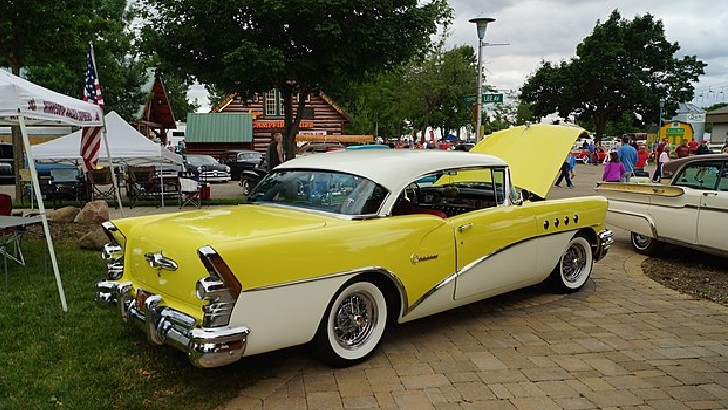
Buick Century Riviera
Dodge Ram
Jaguar E-Type
Porsche 911 Carrera
This shown little model, like its European cousin, the Renault 4CV, was a pioneer in the economy and subcompact automobile segments.
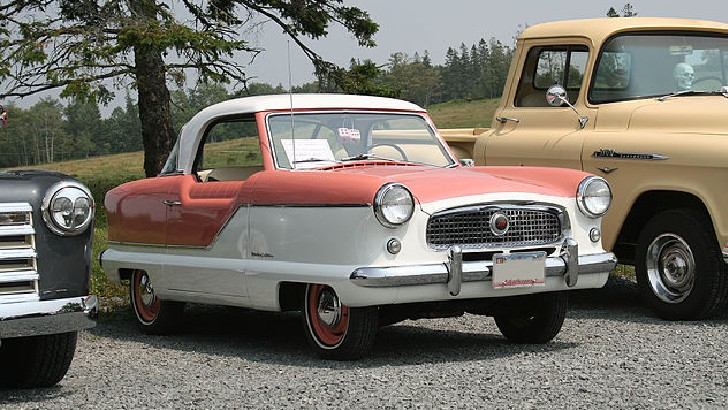
Hudson Rambler
Nash Metropolitan
Ford Focus
Buick Electra
This model, which debuted in 1951, was equally successful on the road and on the track, winning the majority of NASCAR races from 1952 to 1954. The car’s luxury credentials were perhaps the most impressive aspect of this performance.
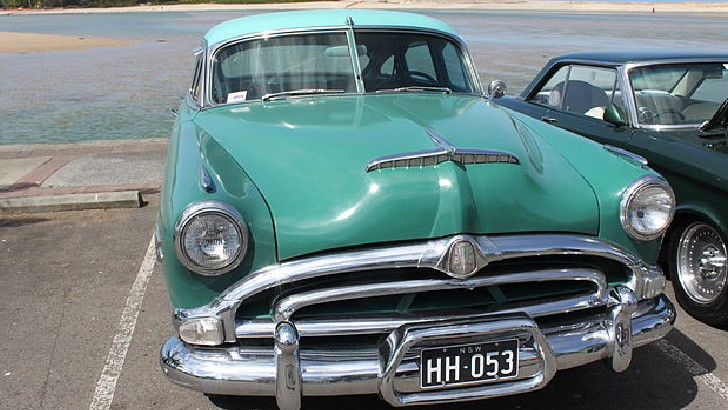
Ford Mustang
Dodge Hellcat
Hudson Hornet
Cadillac Sixty Special
In 1963, this personal luxury car was debuted as the automaker’s flagship model. Apart from 1994, it was produced for eight generations before being decommissioned in 1999.
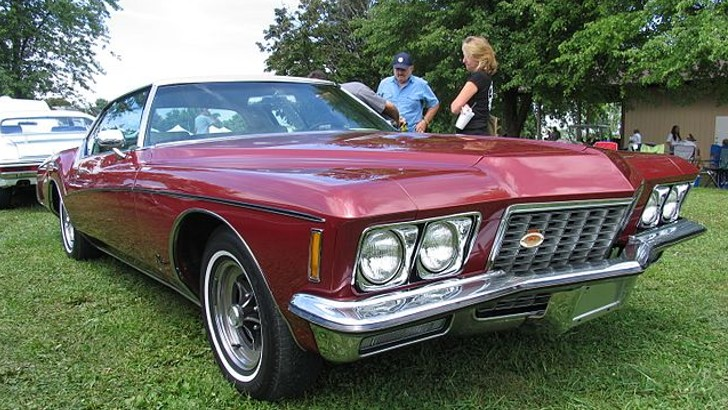
Pontiac Firebird
Lincoln Continental
Mercury Marauder
Buick Riviera
Beginning in 1963, two versions of this ultra-luxury car were produced: a short wheelbase and a long wheelbase model. What’s the difference? The vehicle with the large wheelbase was designed to be chauffeured.
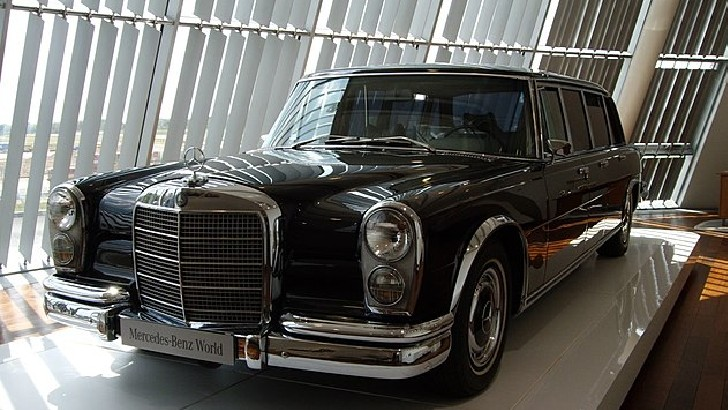
Imperial Crown Ghia
Mercedes-Benz 600
BMW 2500
Bentley Mulsanne
What is there left to say about this legendary racer that hasn’t already been said? It is still the only automobile designed and constructed in the United States to have won the 24 Hours of Le Mans, which it achieved in 1967.
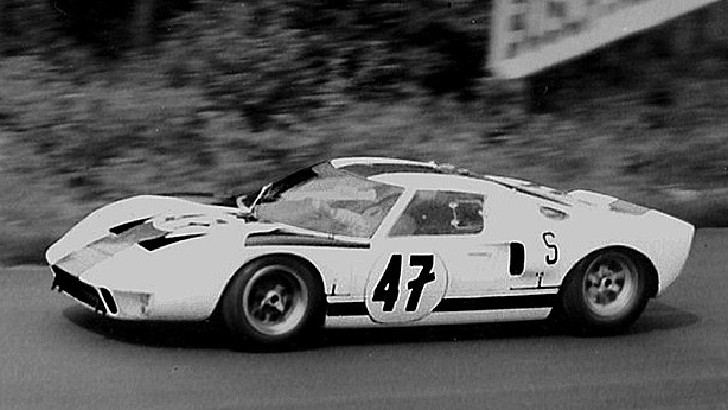
Oldsmobile 442
Chevy Corvette 427
Ford GT40
Pontiac Grand Prix
For the years 1955 and 1956, this model was the full-sized flagship offering of its manufacturer. This model’s appearance was distinguished by extra chrome and two-tone paint, as well as a unique three-tier instrument cluster on the inside.
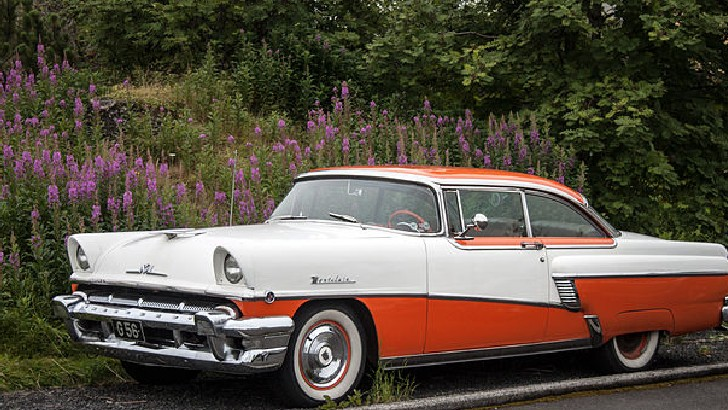
Studebaker President
Chevrolet Impala
Mercury Montclair
Lincoln Premiere
This two-seater was the first production car capable of exceeding 200 kilometers per hour (124 mph). It was in production from 1948 to 1954.
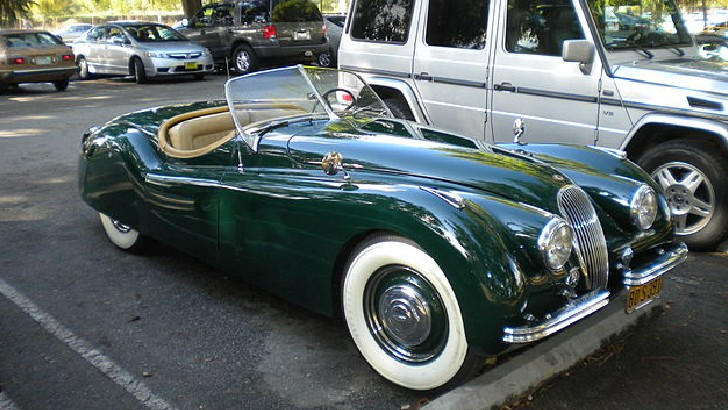
Mercedes SS 100
Jaguar XK120
Shelby Cobra
Fiat Leon
In 1965, a limited quantity of this race-focused muscle automobile were released. All ’65 vehicles were painted white with blue stripes and had a 4-speed manual transmission that produced 306 horsepower.
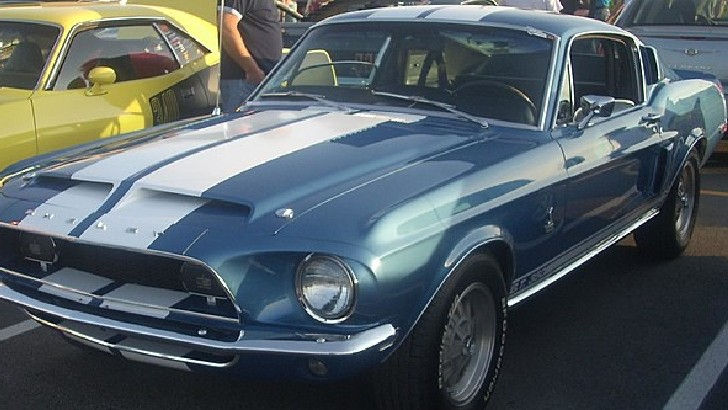
Shelby GT350
Oldsmobile 442
Plymouth Barracuda
Ford GT40
Apart from the Corvette, this performance-oriented beast was the only GM automobile with an engine larger than 400 cubic inches. In the 1968 model, the Rocket V8 produced 390 horsepower.
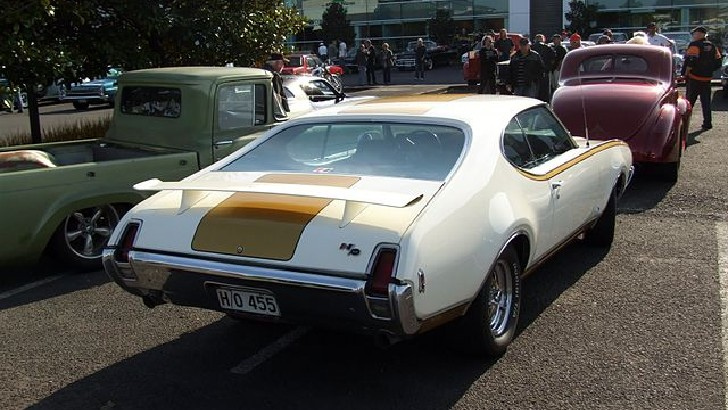
Oldsmobile Hurst/Olds
Pontiac Tempest GTO
Plymouth GTX
Shelby GT500
This automobile, which was introduced in the fall of 1969, was officially a 1970s model. The oil crisis cut its run short, but it was reintroduced in 2008 and is currently more popular than ever.
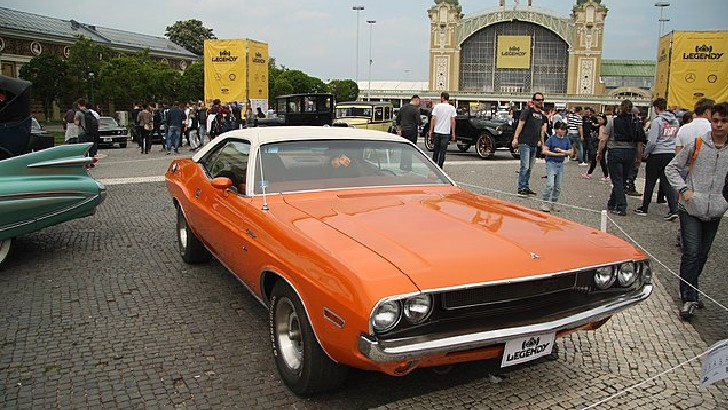
Chevy Camaro
Ford Mustang
Dodge Challenger
Lincoln Continental
In 1965, this model sold 1,074,925 units, making it not just the best-selling model of the year (or decade), but also the best-selling American model year of all time.
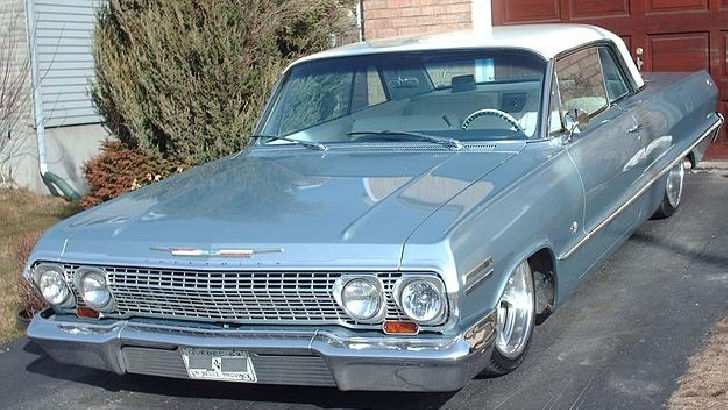
Oldsmobile Cutlass
Ford Fairlane
Ford Mustang
Chevy Impala
What model debuted as a sub-series of the Belvedere in 1955 before becoming a distinct nameplate in 1959? It was at the top of the list and came in a “Sport” variant as well.
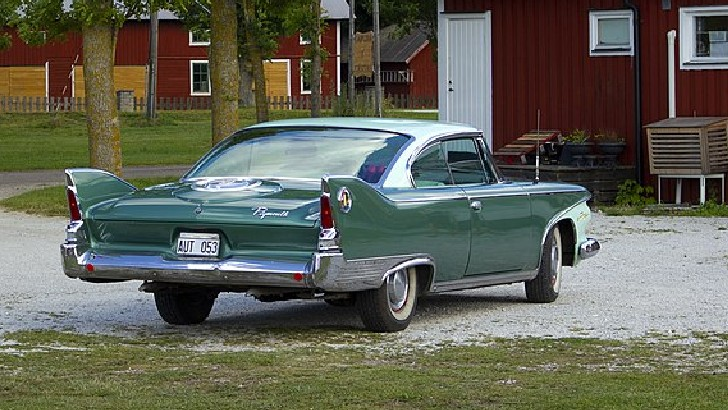
Mercury Cougar
Plymouth Fury
Ford Thunderbird
Studebaker President
This manufacturer has always been at the forefront of luxury features, so it’s no surprise that this model was the first to provide automated climate control. What’s surprising is the year: this functionality was first made available in 1964.
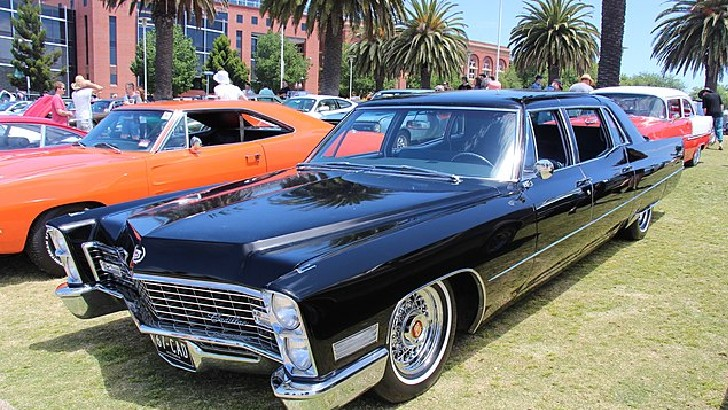
Chrysler 300K
Cadillac Series 75
Rolls Royce Silver Cloud
Imperial LeBaron
The first ever tilt and telescopic steering wheel, as well as an updated Turbo-Hydromatic Automatic Transmission, were added to the 1965 model year of this premium automobile.
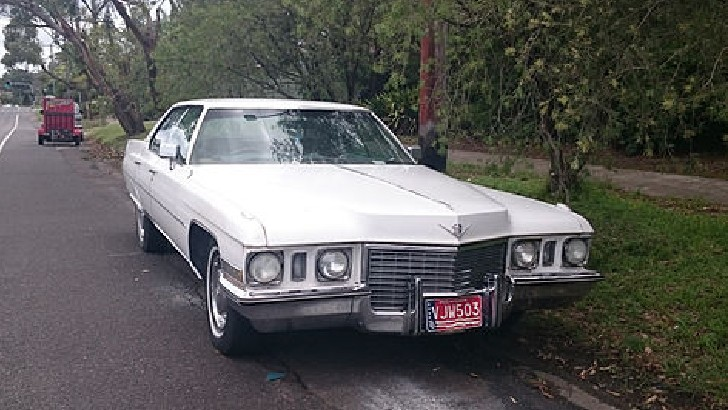
Lincoln Versailles
Imperial LeBaron
Cadillac Sixty Special
Chevrolet Fleetline
This 2-door top-end model shot to 60 mph in 5.3 seconds when fitted with the optional 7.0 426 “Commando” engine, making it one of the quickest vehicles of the decade in 1966.
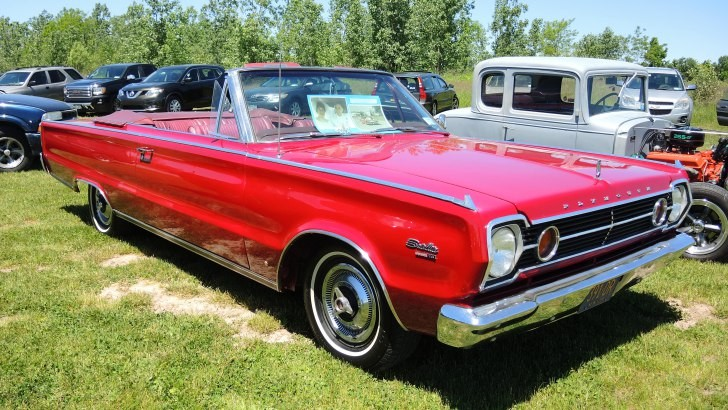
AMC Javelin
Oldsmobile Toronado
Plymouth Satellite
Buick GNX
This 1953 model defined luxury and sat at the pinnacle of GM’s premium portfolio for years. The front Dagmar bumpers, which were inspired by the 1951 Le Sabre concept car, are iconic stylistic elements. It was spanking new and cost $7,750.
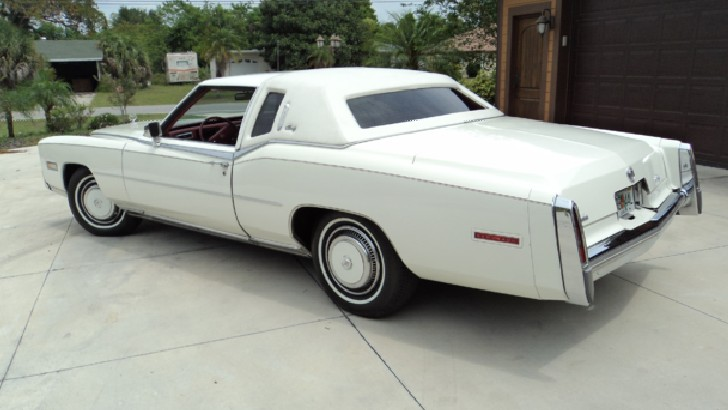
Buick Roadmaster
Cadillac Eldorado
Oldsmobile 98
Chrysler Imperial
This classic model, widely regarded as the most beautiful car of all time, combines luxury and performance. It wasn’t only gorgeous to look at: the top speed was above 150 mph, and the 0-60 speeds were under seven seconds.
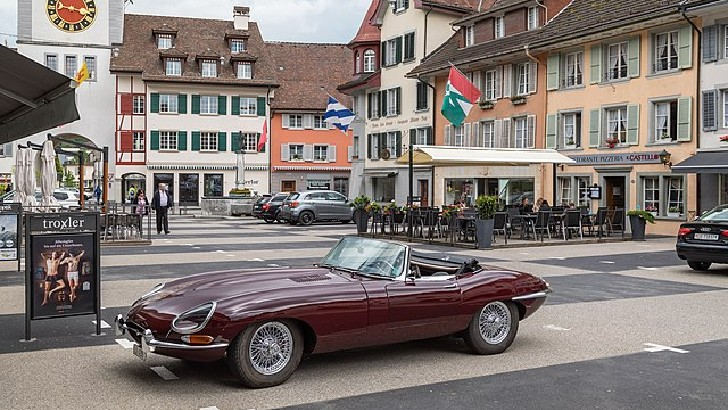
Aston Martin DB5
Bentley Continental
Jaguar E-Type
Rolls Royce Phantom
This automaker mistake, which occurred between 1957 and 1960, cost the manufacturer about $250 million due to the model’s unpopularity.
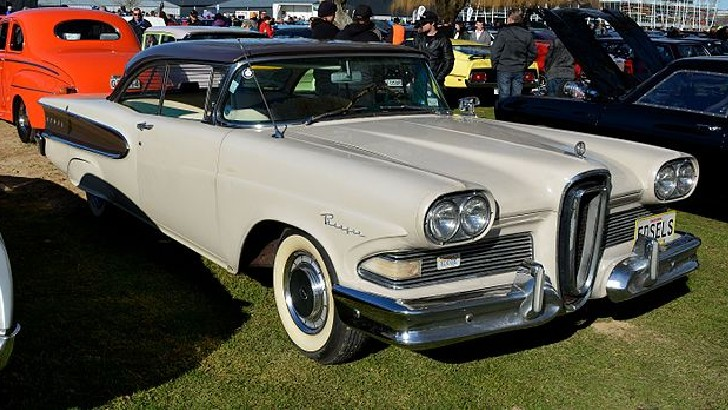
Dodge Nova
Chevrolet Corvair
Ford Edsel
Buick Electra
This car made history in 1957 by becoming the first production car to include a retractable hardtop. Just for the hardtop, the system included seven motors and 510 feet of cabling.
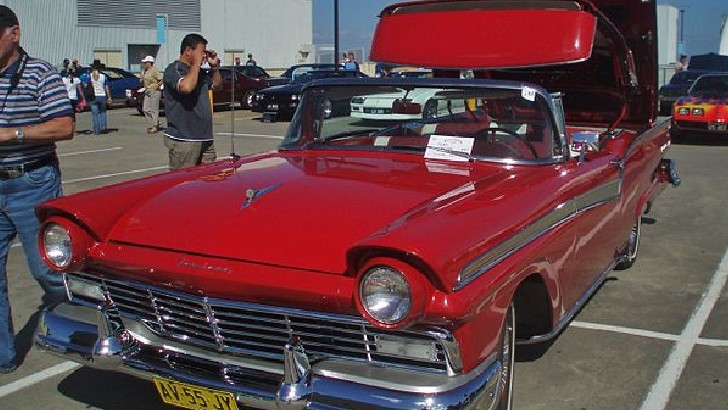
Ford Fairlane 500 Skyliner
Studebaker Commander
Plymouth Valiant
Mercury Montclair
Since 1981, this renowned truck series has been America’s best-selling vehicle, and it is still in production today. This is a second-generation model, which was released in 1953 and follows the same model-numbering procedures as the first.
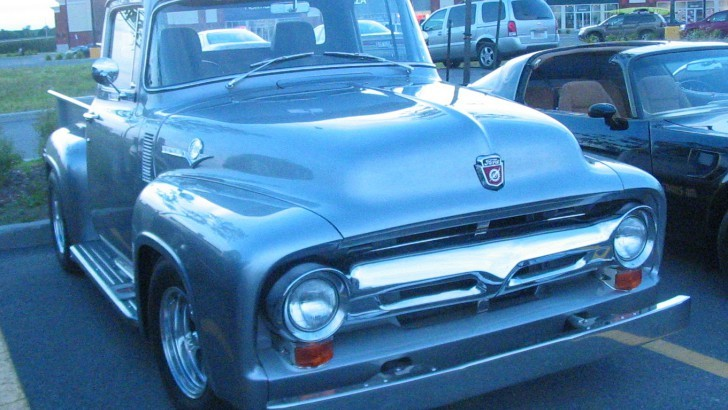
Ford F-Series
Chevrolet Silverado
Dodge Ram
GMC C/K
In 1966, the first year of its debut, this full-sized vehicle was the first to provide a full stereo as an option. This first-generation model was manufactured till 1970.
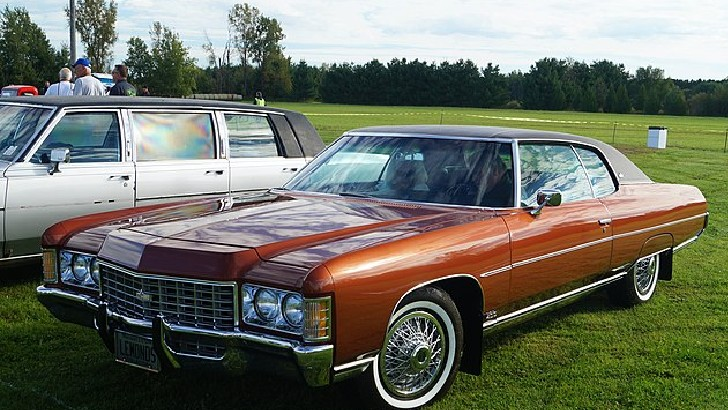
Oldsmobile Toronado
Chevrolet Caprice
Buick LeSabre
Ford Torino GT
This vehicle defined American luxury when it was introduced in 1956, and it was the most expensive American car on the market at the time. The spare tire bulge in the trunk of the “Mark II” was a carryover from pre-war stylistic elements.

Hudson Commodore
Buick Riviera
Lincoln Continental
Cadillac Sixty Special
In 1960, this lavish model was the most costly automobile on the market in the United States. The 1959 model’s showy fins were toned down a bit, but the interior was packed with cutting-edge technologies like the Autronic Eye and Cruise Control.
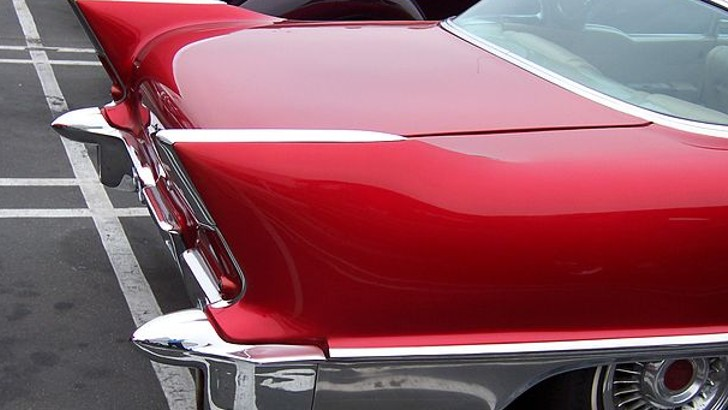
Ford GT40
Cadillac Eldorado Brougham
Lincoln Continental Mark III
Buick Century
In 1954, this top-of-the-line convertible was introduced as a special trimline. The moniker was extended to all of this manufacturer’s top-end vehicles in 1957 due to the model’s popularity.
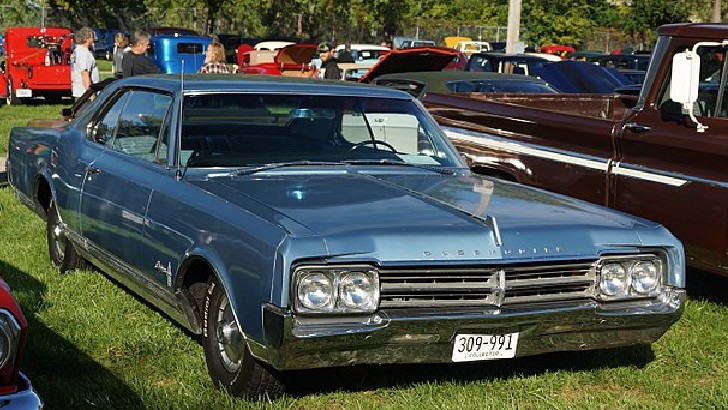
Mercury Grand Marquis
Plymouth Valiant
Ford Fairlane
Oldsmobile Starfire
This well-known vehicle will be familiar to muscle car enthusiasts. It was first offered as an option package in 1964, then became its own model from 1968 to 1971.
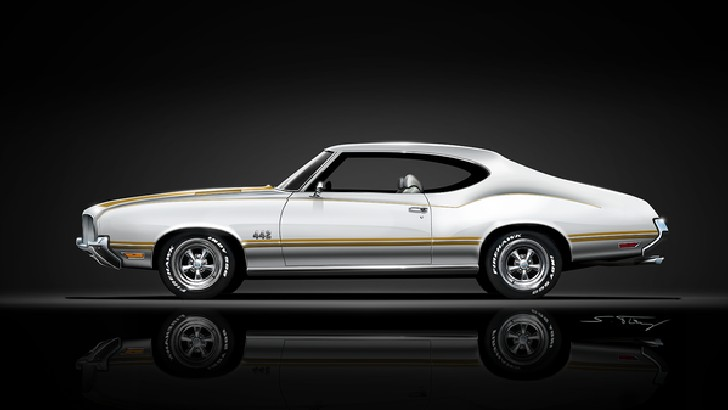
Plymouth Road Runner
Ford GT40
Oldsmobile 442
Chevy Camaro
This simple model debuted in 1967 and quickly became a worldwide sensation in the 1970s. It surpassed the Beetle as the best-selling nameplate of all time in 1997.
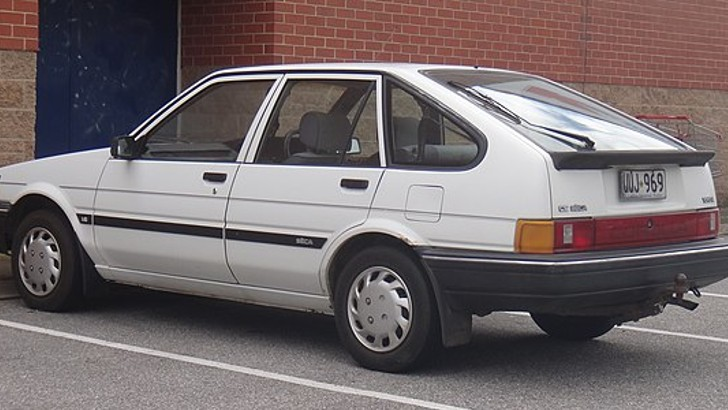
Honda Civic
Toyota Corolla
Honda Accord
Kia Pride
This 1959 model maintained the same sleek, exclusive, and innovative reputation as its predecessors. The style foreshadowed 1960s trends by incorporating headlights into the grille and removing Dagmar bumpers.
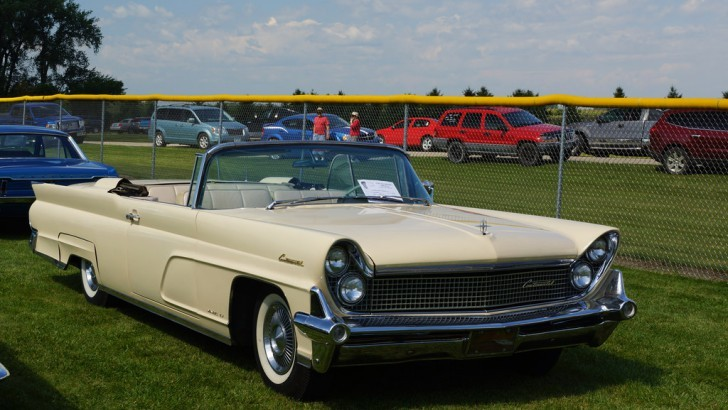
Lincoln Continental Mark IV
Bentley R-Type Continental
Buick Crown Regal
Chrysler 300 “letter series”
This type, like its illustrious descendant, became famous as the very first “Bond automobile” in 1964’s Goldfinger. Between 1963 and 1965, just over 1,000 were made.
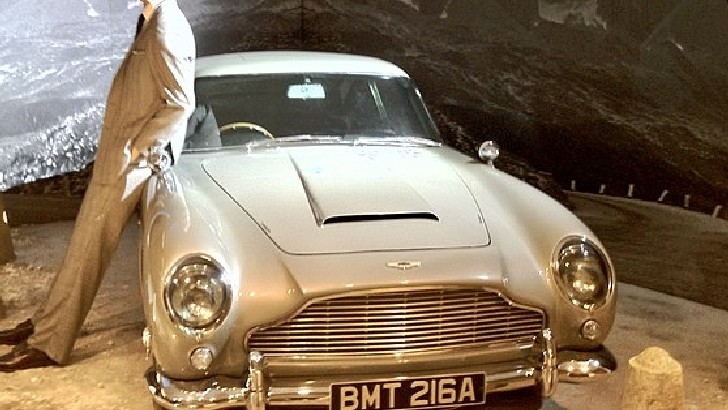
Rolls Royce Phantom
Bentley Flying Spur
Aston Martin DB5
Saab 95
As a result of Anglo-American cooperation, this classic vehicle debuted in 1962. The V8 engine in this 2000-pound supercar, a modified version of which is still in production today, was donated by Ford. It is thought to be the quickest car ever built in the 1960s.
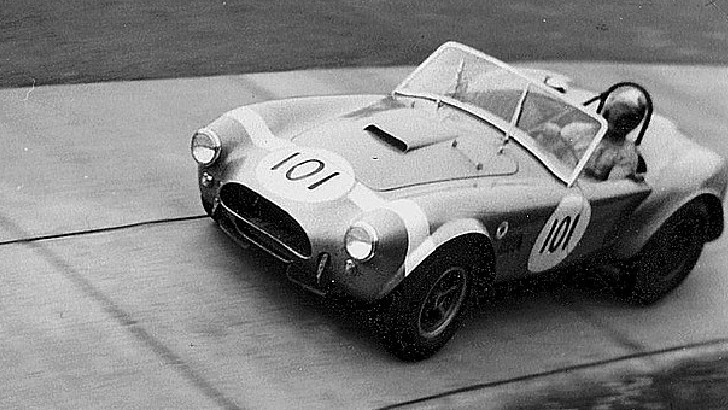
Austin-Healey Sprite
Ford Mustang
AC Cobra
Plymouth Road Runner
Despite its amusingly low power output of 40-50 horsepower in the early/mid 1960s, it was remarkably dependable and is still the best-selling automobile of all time.
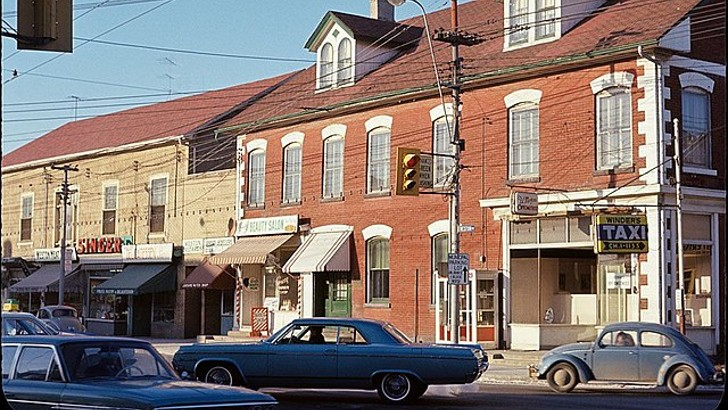
Toyota Corolla
Honda Civic
Volkswagen Beetle
Nissan Sentra
This personal luxury vehicle earned the 1966 Motor Trend Car of the Year Award when it was introduced, making it historically noteworthy as the first model with front wheel drive since the 1930s.
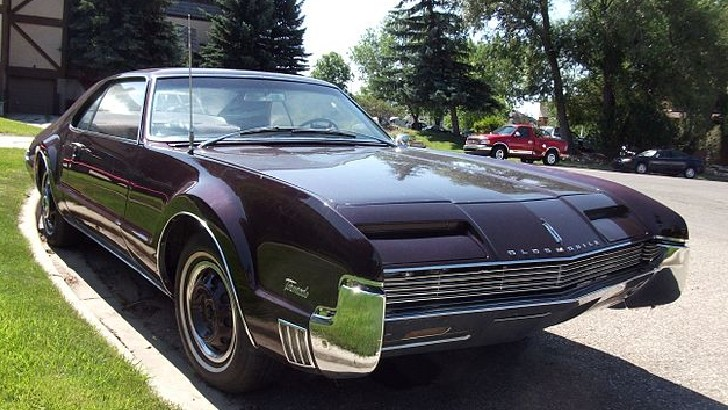
Ford Thunderbird
Aston Martin DB5
Oldsmobile Toronado
Mercury Cougar
Despite being the brand’s “entry-level” model, this premium vehicle began at roughly $5,000 and had equipment such as power brakes, steering, and automatic gearbox.
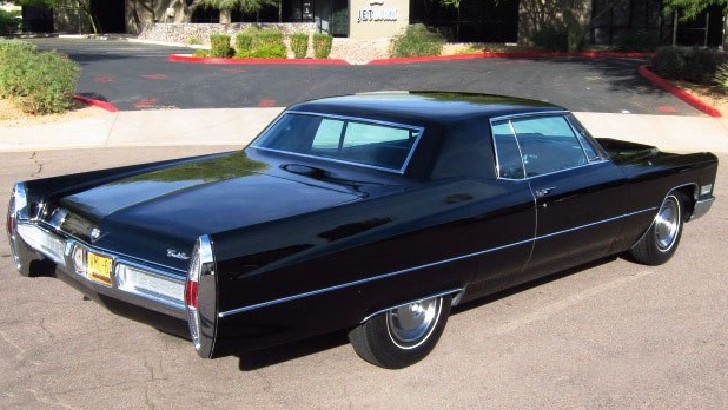
Lincoln Continental
Cadillac Calais
Chrysler LeBaron
Buick Electra
In 1964, this Mustang challenger was two weeks ahead of its more famous relative on the market. It was produced for three generations before succumbing to the 1974 oil crisis.
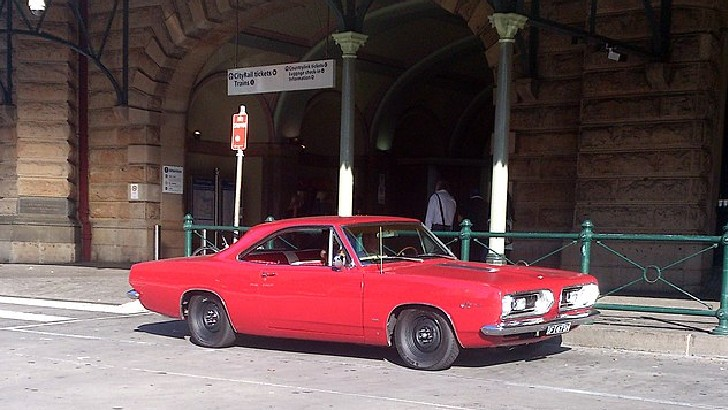
Pontiac Grand Prix
Buick Electra
Plymouth Barracuda
Mercury Cougar
What was the name of the first hardtop station wagon, which debuted in 1955? This car effectively created a new market segment that would go on to become a best-seller in the future: the “compact” car.
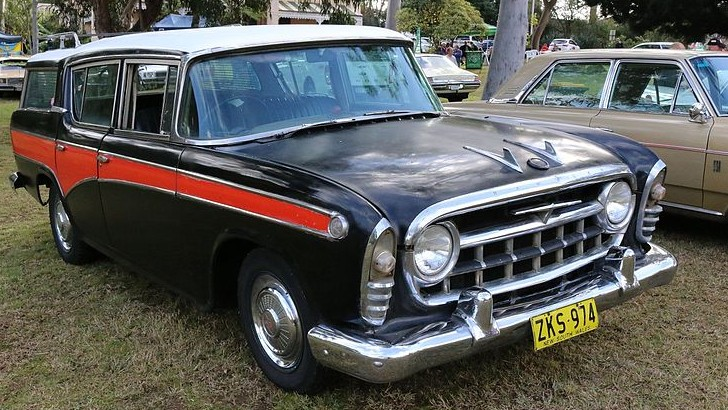
Nash Rambler
Ford Starliner
Plymouth Valiant
Mercury Cougar
What cutting-edge vehicle was the first ever to feature an alternator, debuting in 1959 for the 1960 model year?
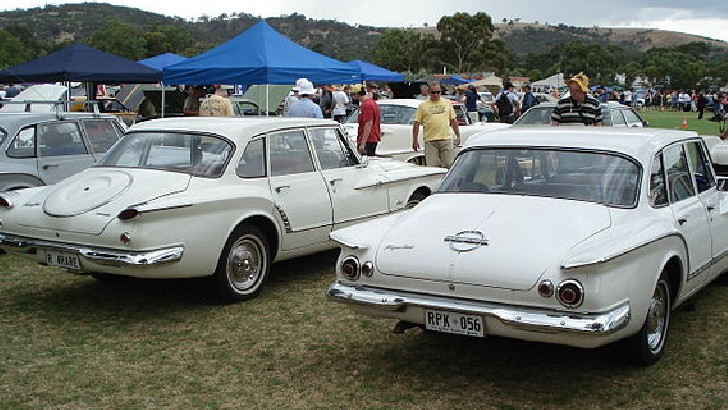
Plymouth Valiant
Ford Starliner
Cadillac Eldorado
Buick Estate
This iconic muscle car was introduced in 1966 for the 1967 model year. This model was rated at 290 horsepower for insurance purposes, but really put out closer to 400 near its 7000 rpm redline.
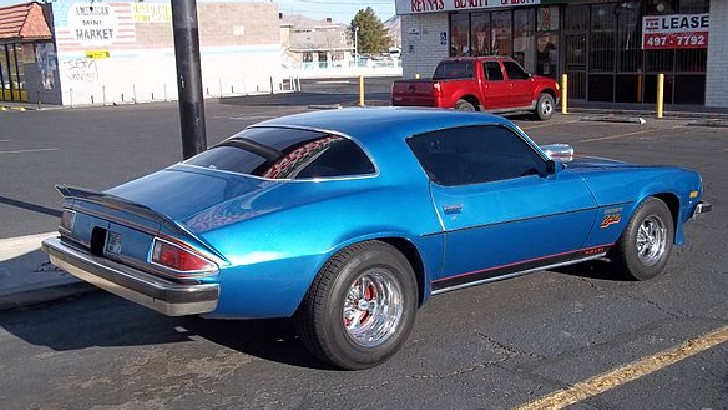
Chevy Camaro Z/28
Shelby GT350
Ford Mustang GT
Plymouth Satellite 426
The production of this rear-engined, air-cooled sports car classic began in 1963 and continues today. It has won practically every major endurance race, making it the most successful sports racing car of all time.
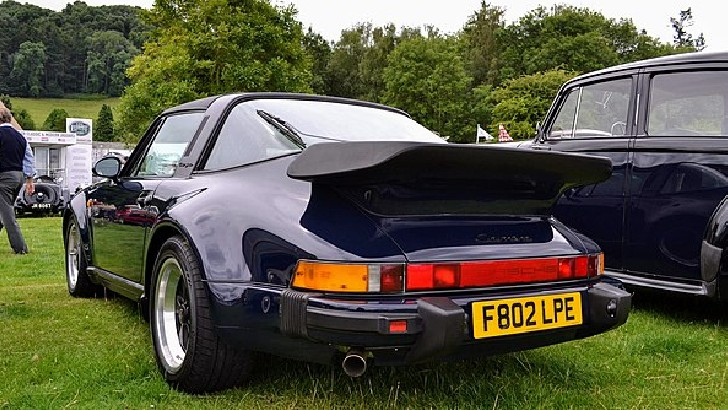
Iso Grifo
BMW 2000CS
Porsche 911
Mercedes-Benz GTR
Twilight Sentinel, the first commercially produced automated headlight function, debuted on this top-end model in 1960. This year, Chrome VentiPorts were also released.
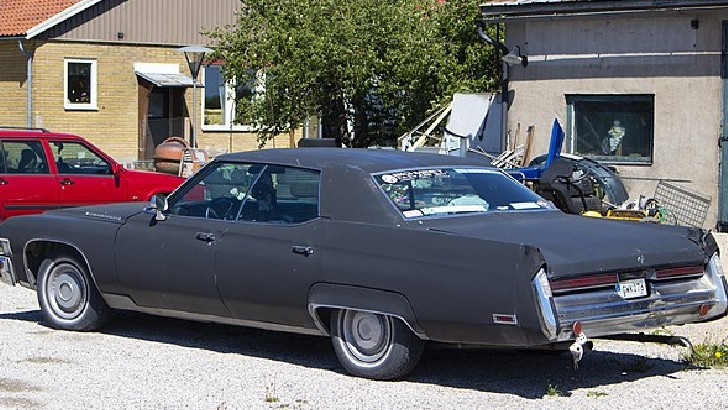
Chevrolet Impala
Buick Electra
Cadillac Calais
Plymouth Barracuda
In 1967, this “gentleman’s muscle automobile” was unveiled. The “Super Commando 440” had a 7.2 Liter V8 engine that came standard.
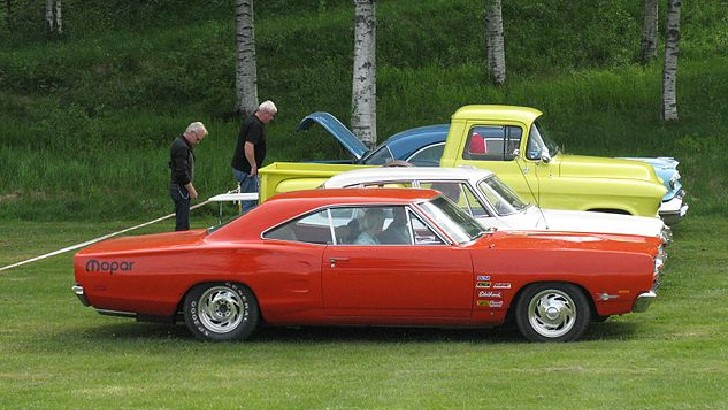
Cadillac Eldorado Brougham
Pontiac Tempest
Plymouth GTX
AMC Javelin
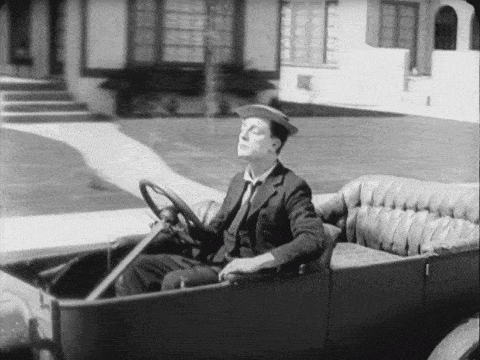
Fail. You don’t know anything about vintage cars.
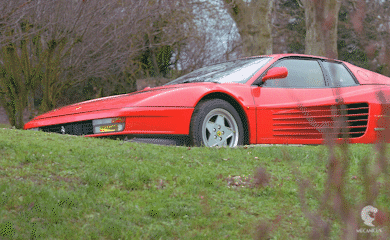
Good. But is average score what you really want? Why don’t you aim to the top.
Excellent! You know your vintage cars well.
[giveaway id=12098]




